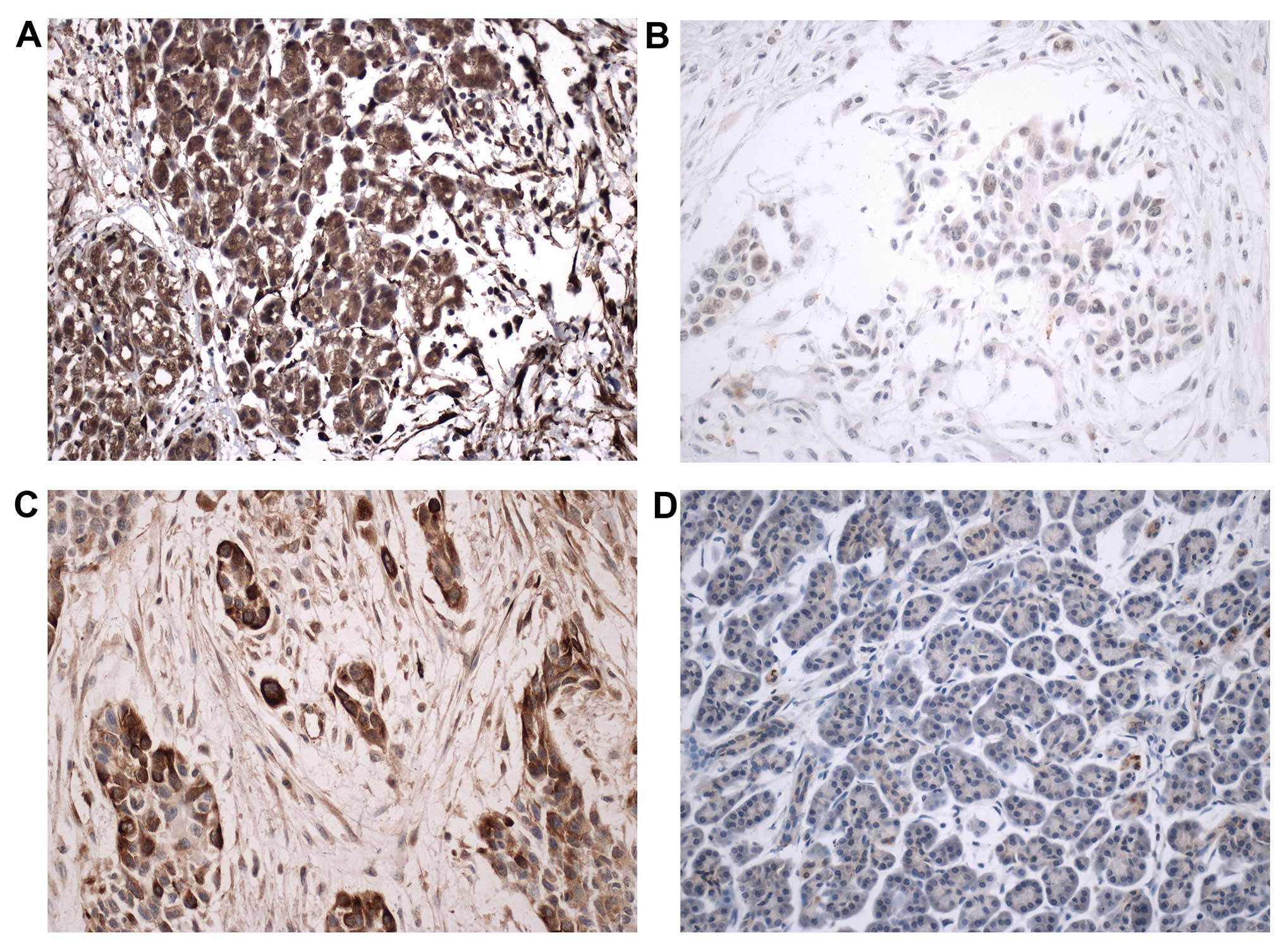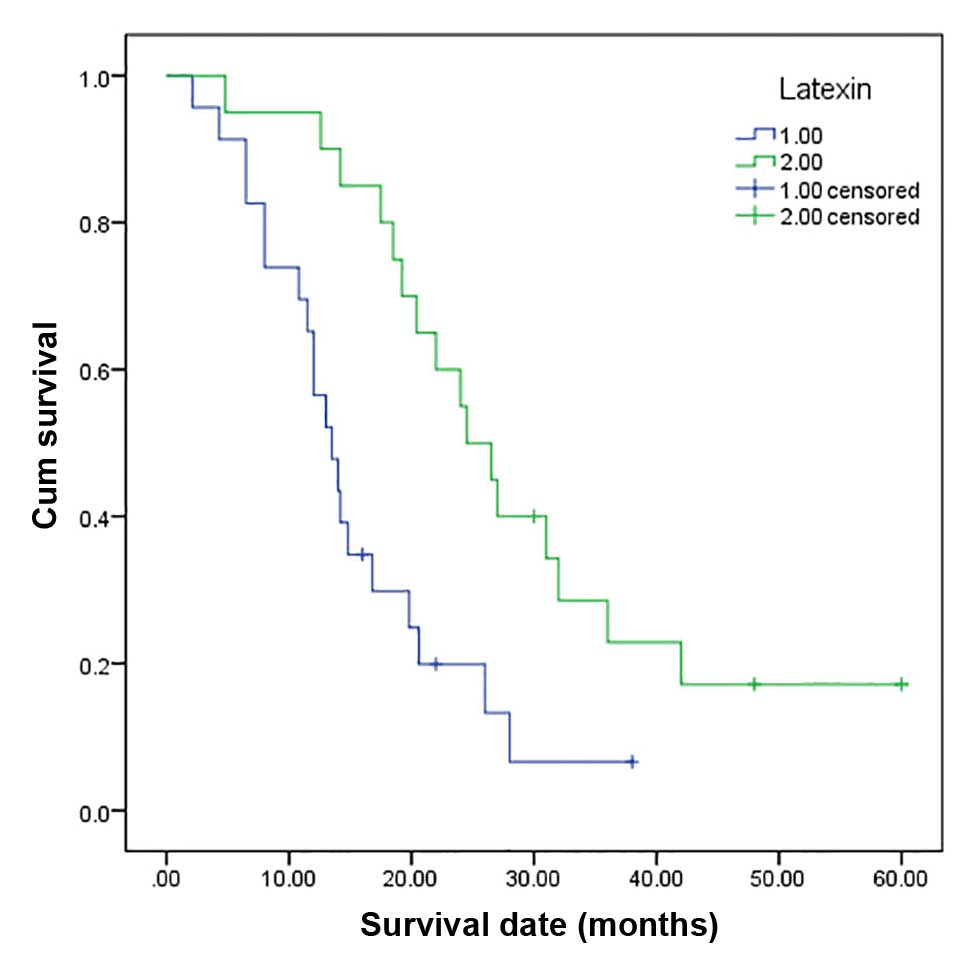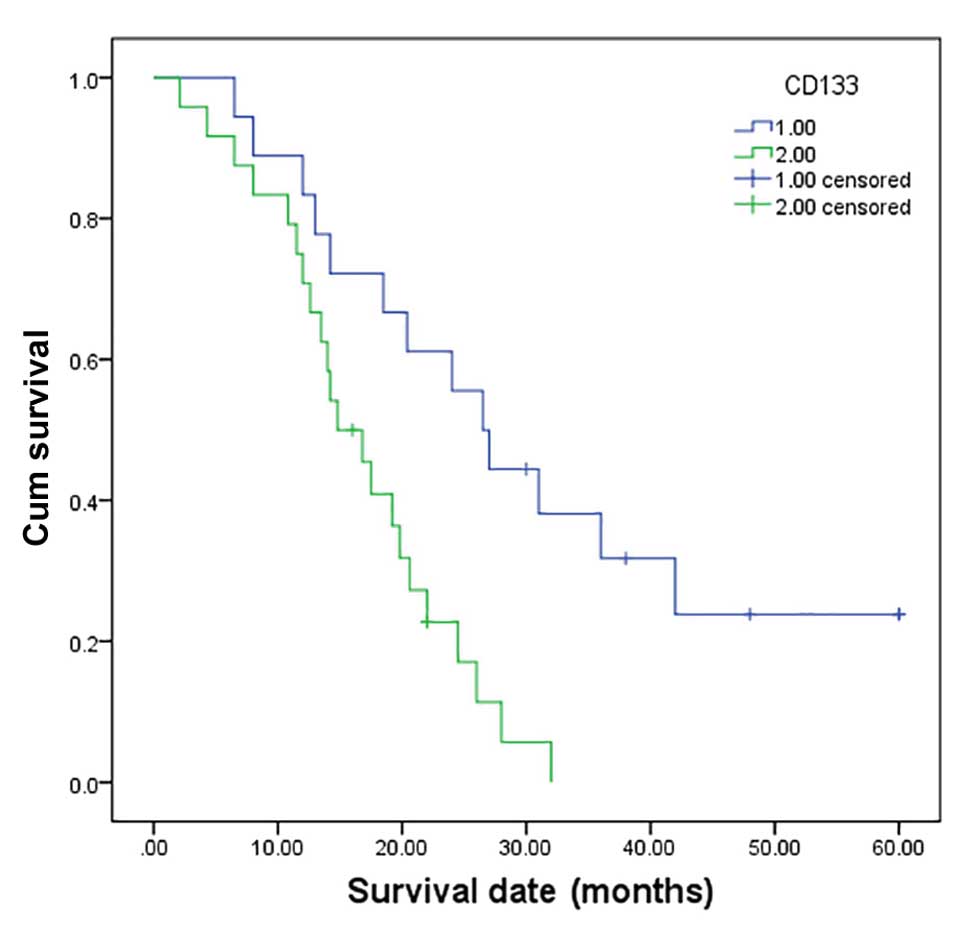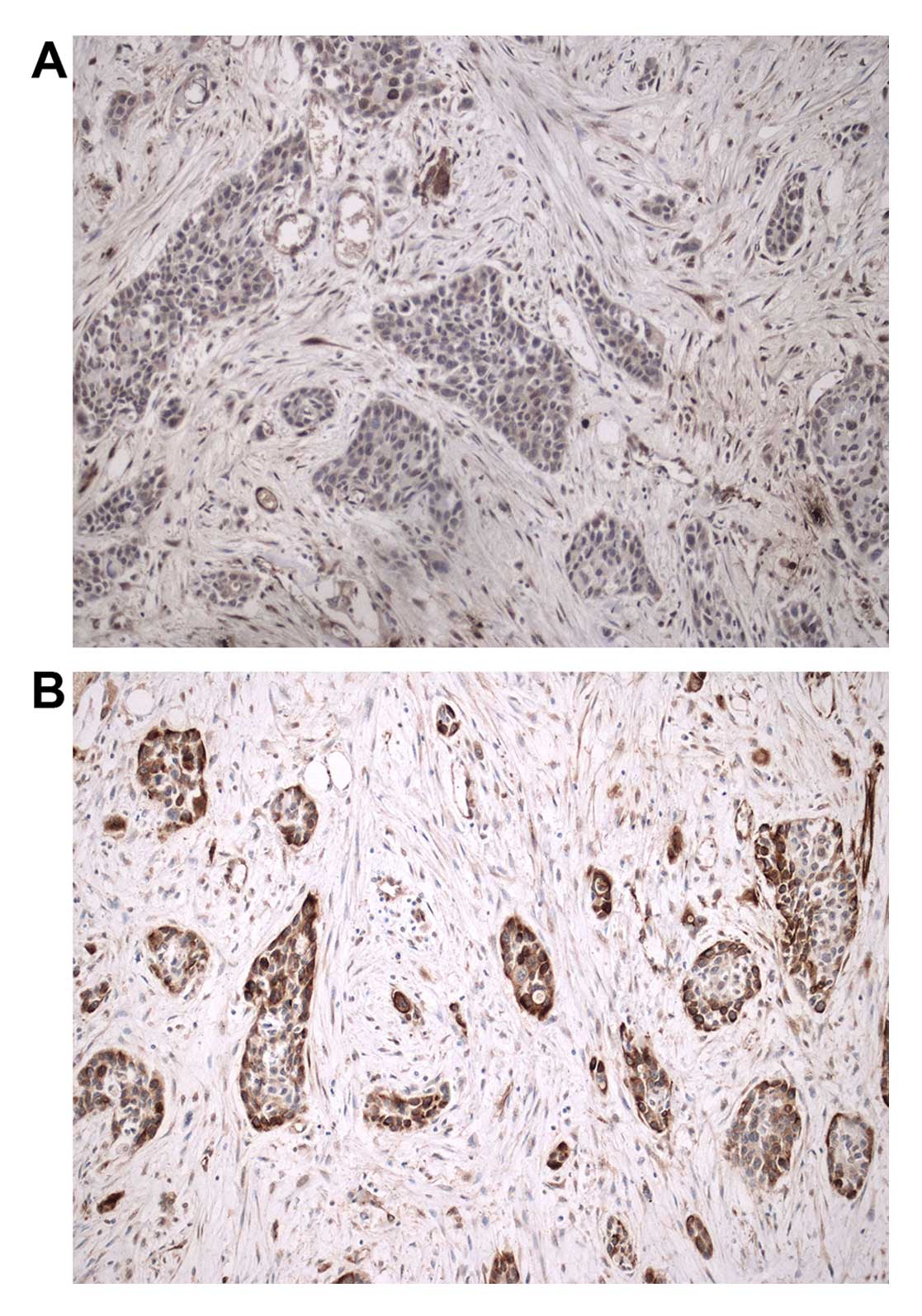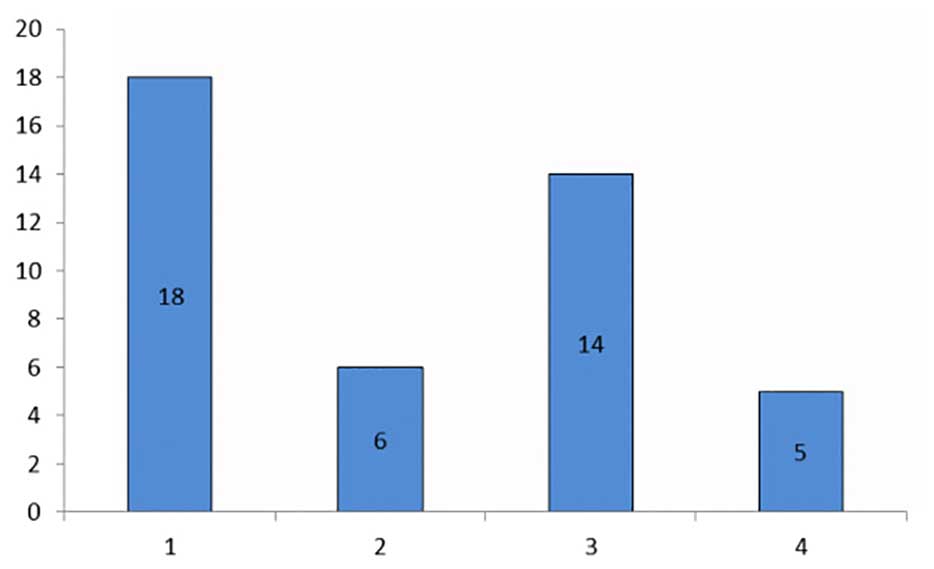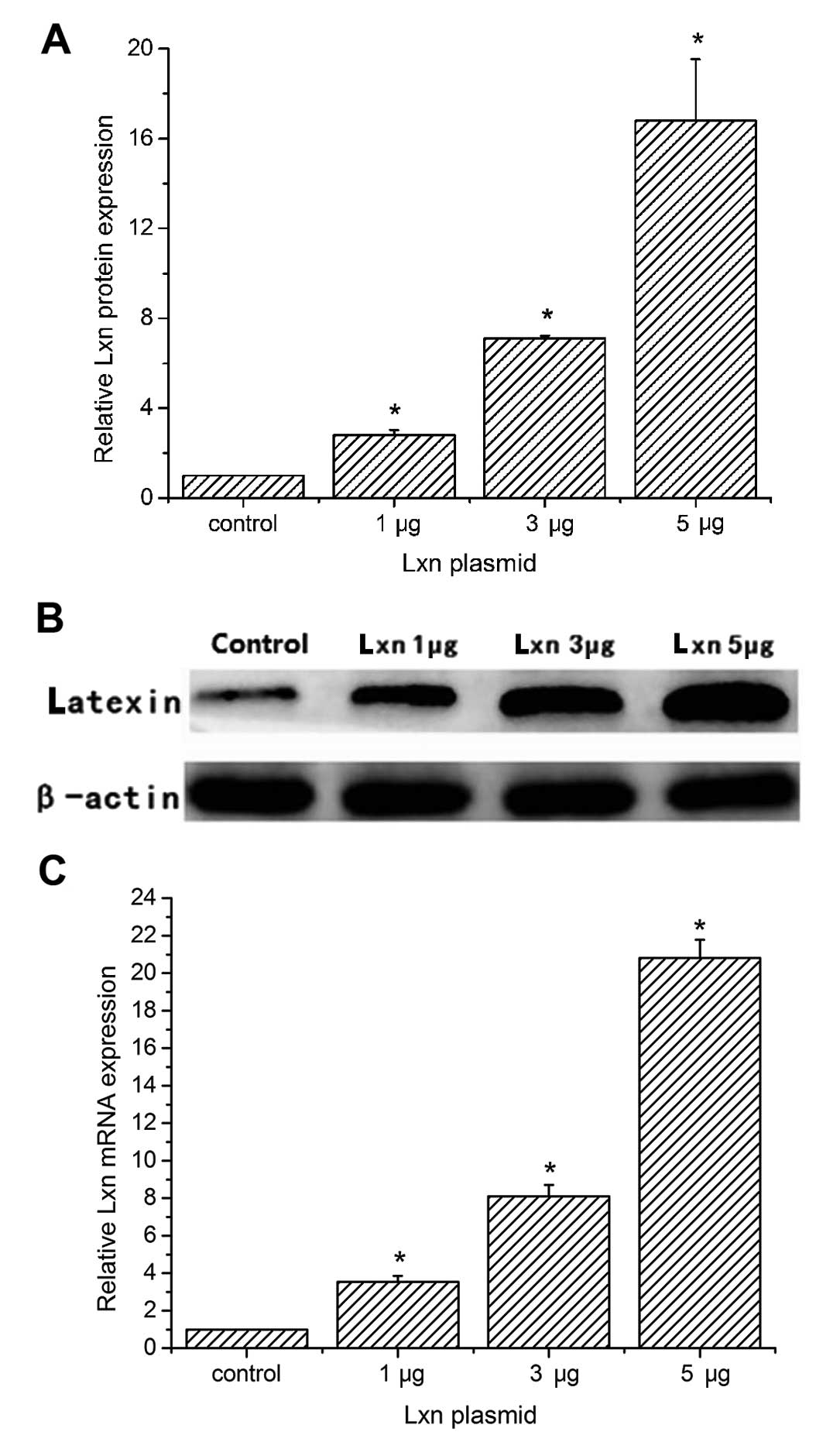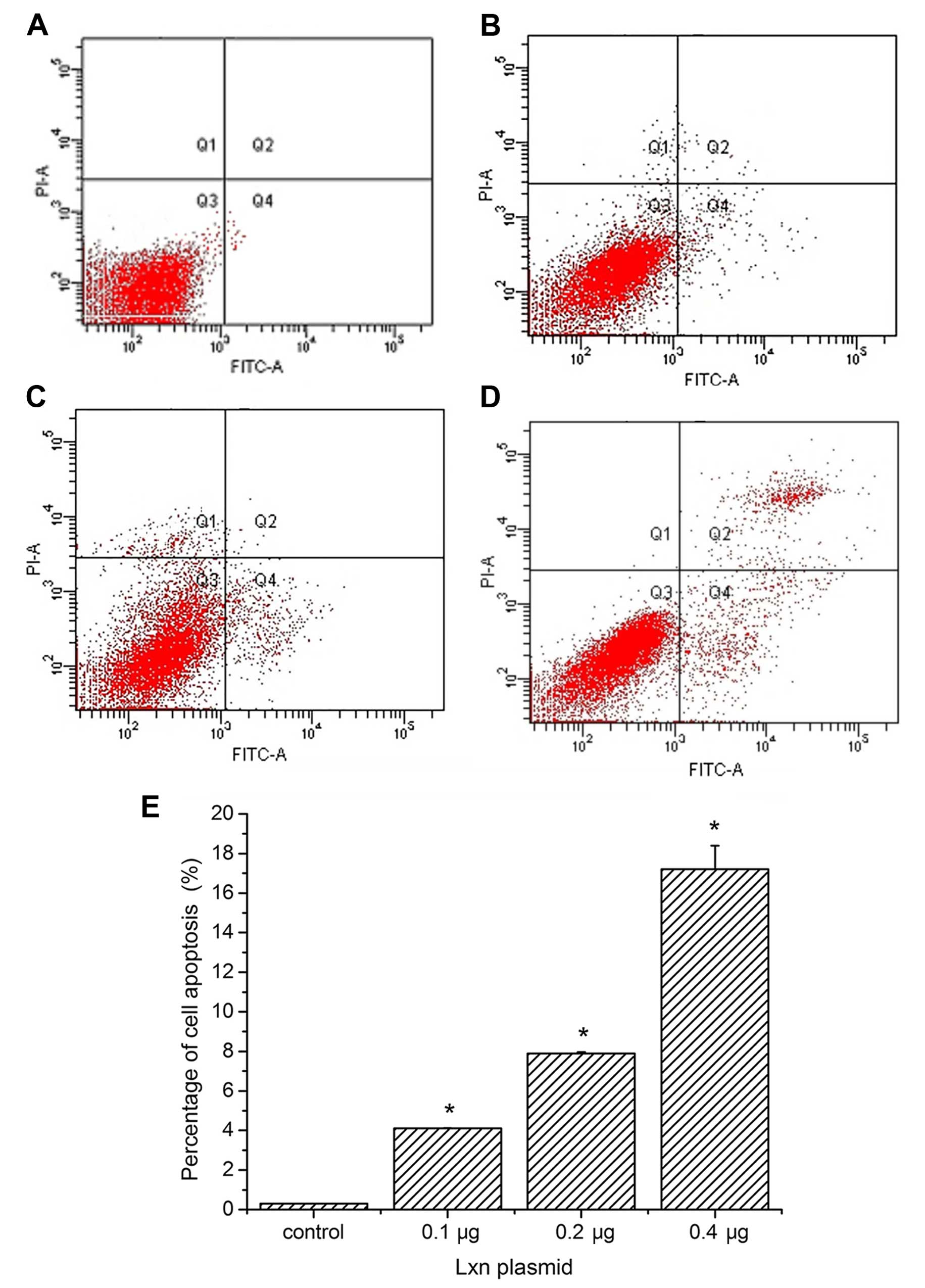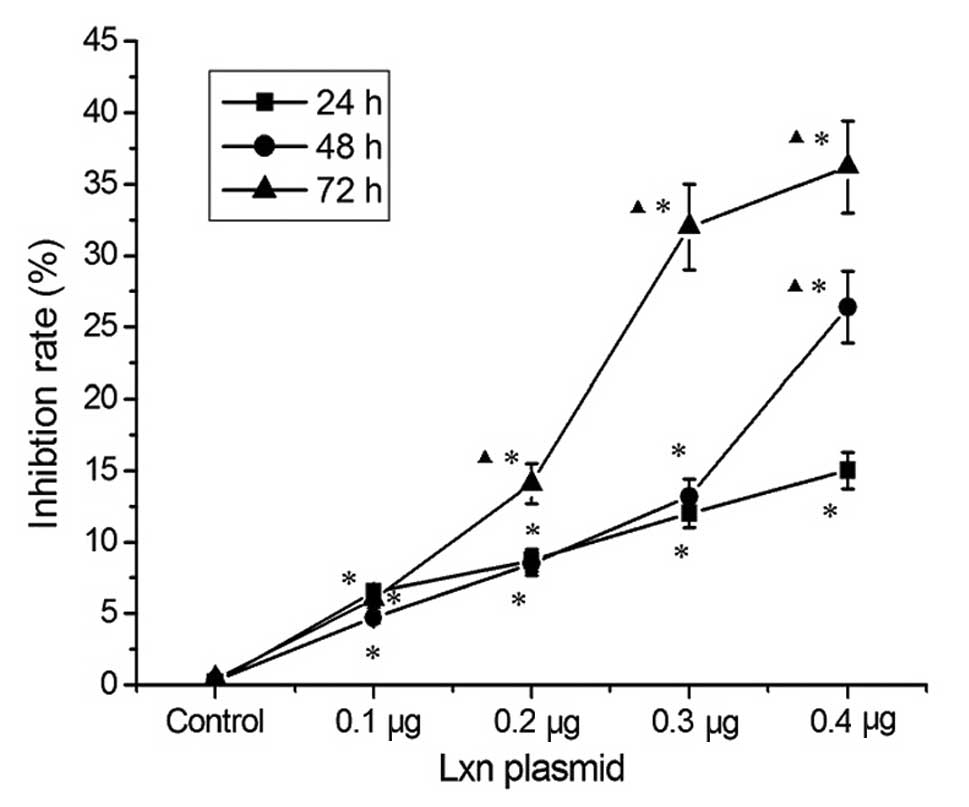|
1
|
Jemal A, Siegel R, Ward E, Hao Y, Xu J,
Murray T and Thun MJ: Cancer statistics, 2008. CA Cancer J Clin.
58:71–96. 2008.
|
|
2
|
Sultana A, Smith CT, Cunningham D,
Starling N, Neoptolemos JP and Ghaneh P: Meta-analyses of
chemotherapy for locally advanced and metastatic pancreatic cancer.
J Clin Oncol. 25:2607–2615. 2007.
|
|
3
|
Tan BT, Park CY, Ailles LE and Weissman
IL: The cancer stem cell hypothesis: A work in progress. Lab
Invest. 86:1203–1207. 2006.
|
|
4
|
Hruban RH, Maitra A and Goggins M: Update
on pancreatic intraepithelial neoplasia. Int J Clin Exp Pathol.
1:306–316. 2008.
|
|
5
|
Li C, Heidt DG, Dalerba P, Burant CF,
Zhang L, Adsay V, Wicha M, Clarke MF and Simeone DM: Identification
of pancreatic cancer stem cells. Cancer Res. 67:1030–1037.
2007.
|
|
6
|
Huang P, Wang CY, Gou SM, Wu HS, Liu T and
Xiong JX: Isolation and biological analysis of tumor stem cells
from pancreatic adenocarcinoma. World J Gastroenterol.
14:3903–3907. 2008.
|
|
7
|
Ikenaga N, Ohuchida K, Mizumoto K, Yu J,
Kayashima T, Hayashi A, Nakata K and Tanaka M: Characterization of
CD24 expression in intraductal papillary mucinous neoplasms and
ductal carcinoma of the pancreas. Hum Pathol. 41:1466–1474.
2010.
|
|
8
|
Hong SP, Wen J, Bang S, Park S and Song
SY: CD44-positive cells are responsible for gemcitabine resistance
in pancreatic cancer cells. Int J Cancer. 125:2323–2331. 2009.
|
|
9
|
Li C, Wu JJ, Hynes M, Dosch J, Sarkar B,
Welling TH, Pasca di Magliano M and Simeone DM: c-Met is a marker
of pancreatic cancer stem cells and therapeutic target.
Gastroenterology. 141:2218–2227.e5. 2011.
|
|
10
|
Hermann PC, Huber SL, Herrler T, Aicher A,
Ellwart JW, Guba M, Bruns CJ and Heeschen C: Distinct populations
of cancer stem cells determine tumor growth and metastatic activity
in human pancreatic cancer. Cell Stem Cell. 1:313–323. 2007.
|
|
11
|
Olempska M, Eisenach PA, Ammerpohl O,
Ungefroren H, Fandrich F and Kalthoff H: Detection of tumor stem
cell markers in pancreatic carcinoma cell lines. Hepatobiliary
Pancreat Dis Int. 6:92–97. 2007.
|
|
12
|
Kim MP, Fleming JB, Wang H, Abbruzzese JL,
Choi W, Kopetz S, McConkey DJ, Evans DB and Gallick GE: ALDH
activity selectively defines an enhanced tumor-initiating cell
population relative to CD133 expression in human pancreatic
adenocarcinoma. PLoS One. 6:e206362011.
|
|
13
|
Maeda S, Shinchi H, Kurahara H, Mataki Y,
Maemura K, Sato M, Natsugoe S, Aikou T and Takao S: CD133
expression is correlated with lymph node metastasis and vascular
endothelial growth factor-C expression in pancreatic cancer. Br J
Cancer. 98:1389–1397. 2008.
|
|
14
|
Maréchal R, Demetter P, Nagy N, Berton A,
Decaestecker C, Polus M, Closset J, Devière J, Salmon I and Van
Laethem JL: High expression of CXCR4 may predict poor survival in
resected pancreatic adenocarcinoma. Br J Cancer. 100:1444–1451.
2009.
|
|
15
|
Kawamoto M, Ishiwata T, Cho K, Uchida E,
Korc M, Naito Z and Tajiri T: Nestin expression correlates with
nerve and retro-peritoneal tissue invasion in pancreatic cancer.
Hum Pathol. 40:189–198. 2009.
|
|
16
|
Youssef EM, Chen XQ, Higuchi E, Kondo Y,
Garcia-Manero G, Lotan R and Issa JP: Hypermethylation and
silencing of the putative tumor suppressor Tazarotene-induced
gene 1 in human cancers. Cancer Res. 64:2411–2417. 2004.
|
|
17
|
Liang Y, Jansen M, Aronow B, Geiger H and
Van Zant G: The quantitative trait gene latexin influences the size
of the hematopoietic stem cell population in mice. Nat Genet.
39:178–188. 2007.
|
|
18
|
Mitsunaga K, Kikuchi J, Wada T and
Furukawa Y: Latexin regulates the abundance of multiple cellular
proteins in hematopoietic stem cells. J Cell Physiol.
227:1138–1147. 2012.
|
|
19
|
Muthusamy V, Premi S, Soper C, Platt J and
Bosenberg M: The hematopoietic stem cell regulatory gene latexin
has tumor-suppressive properties in malignant melanoma. J Invest
Dermatol. 133:1827–1833. 2013.
|
|
20
|
Xue ZX, Zheng JH, Zheng ZQ, Cai JL, Ye XH,
Wang C, Sun WJ, Zhou X, Lu MD, Li PH, et al: Latexin inhibits the
proliferation of CD133+ miapaca-2 pancreatic cancer
stem-like cells. World J Surg Oncol. 12:4042014.
|
|
21
|
Shmelkov SV, St Clair R, Lyden D and Rafii
S: AC133/CD133/Prominin-1. Int J Biochem Cell Biol. 37:715–719.
2005.
|
|
22
|
Banerjee S, Nomura A, Sangwan V, Chugh R,
Dudeja V, Vickers SM and Saluja A: CD133+ tumor
initiating cells in a syngenic murine model of pancreatic cancer
respond to Minnelide. Clin Cancer Res. 20:2388–2399. 2014.
|
|
23
|
Nomura A, Banerjee S, Chugh R, Dudeja V,
Yamamoto M, Vickers SM and Saluja AK: CD133 initiates tumors,
induces epithelial-mesenchymal transition and increases metastasis
in pancreatic cancer. Oncotarget. 6:8313–8322. 2015.
|
|
24
|
Ricci-Vitiani L, Lombardi DG, Pilozzi E,
Biffoni M, Todaro M, Peschle C and De Maria R: Identification and
expansion of human colon-cancer-initiating cells. Nature.
445:111–115. 2007.
|
|
25
|
Singh SK, Clarke ID, Terasaki M, Bonn VE,
Hawkins C, Squire J and Dirks PB: Identification of a cancer stem
cell in human brain tumors. Cancer Res. 63:5821–5828. 2003.
|
|
26
|
Singh SK, Hawkins C, Clarke ID, Squire JA,
Bayani J, Hide T, Henkelman RM, Cusimano MD and Dirks PB:
Identification of human brain tumour initiating cells. Nature.
432:396–401. 2004.
|
|
27
|
Kim HS, Yoo SY, Kim KT, Park JT, Kim HJ
and Kim JC: Expression of the stem cell markers CD133 and nestin in
pancreatic ductal adenocarcinoma and clinical relevance. Int J Clin
Exp Pathol. 5:754–761. 2012.
|
|
28
|
Chen K, Li Z, Jiang P, Zhang X, Zhang Y,
Jiang Y, He Y and Li X: Co-expression of CD133, CD44v6 and human
tissue factor is associated with metastasis and poor prognosis in
pancreatic carcinoma. Oncol Rep. 32:755–763. 2014.
|
|
29
|
Hou YC, Chao YJ, Tung HL, Wang HC and Shan
YS: Coexpression of CD44-positive/CD133-positive cancer stem cells
and CD204-positive tumor-associated macrophages is a predictor of
survival in pancreatic ductal adenocarcinoma. Cancer.
120:2766–2777. 2014.
|
|
30
|
Chu X, Zhao P, Lv Y and Liu L: Decreased
expression of TFPI-2 correlated with increased expression of CD133
in cholangiocarcinoma. Int J Clin Exp Pathol. 8:328–336. 2015.
|
|
31
|
Hao XP, Willis JE, Pretlow TG, Rao JS,
MacLennan GT, Talbot IC and Pretlow TP: Loss of fragile histidine
triad expression in colorectal carcinomas and premalignant lesions.
Cancer Res. 60:18–21. 2000.
|
|
32
|
Arimatsu Y: Latexin: A molecular marker
for regional specification in the neocortex. Neurosci Res.
20:131–135. 1994.
|
|
33
|
Jin M, Ishida M, Katoh-Fukui Y, Tsuchiya
R, Higashinakagawa T, Ikegami S and Arimatsu Y: Reduced pain
sensitivity in mice lacking latexin, an inhibitor of
metallocarboxypeptidases. Brain Res. 1075:117–121. 2006.
|
|
34
|
Aagaard A, Listwan P, Cowieson N, Huber T,
Ravasi T, Wells CA, Flanagan JU, Kellie S, Hume DA, Kobe B, et al:
An inflammatory role for the mammalian carboxypeptidase inhibitor
latexin: Relationship to cystatins and the tumor suppressor TIG1.
Structure. 13:309–317. 2005.
|
|
35
|
Jing C, El-Ghany MA, Beesley C, Foster CS,
Rudland PS, Smith P and Ke Y: Tazarotene-induced gene 1 (TIG1)
expression in prostate carcinomas and its relationship to
tumorigenicity. J Natl Cancer Inst. 94:482–490. 2002.
|
|
36
|
Kwong J, Lo KW, Chow LS, Chan FL, To KF
and Huang DP: Silencing of the retinoid response gene TIG1
by promoter hyper-methylation in nasopharyngeal carcinoma. Int J
Cancer. 113:386–392. 2005.
|
|
37
|
Zhang J, Liu L and Pfeifer GP: Methylation
of the retinoid response gene TIG1 in prostate cancer
correlates with methylation of the retinoic acid receptor beta
gene. Oncogene. 23:2241–2249. 2004.
|
|
38
|
Li Y, Basang Z, Ding H, Lu Z, Ning T, Wei
H, Cai H and Ke Y: Latexin expression is downregulated in human
gastric carcinomas and exhibits tumor suppressor potential. BMC
Cancer. 11:1212011.
|
|
39
|
Ni QF, Tian Y, Kong LL, Lu YT, Ding WZ and
Kong LB: Latexin exhibits tumor suppressor potential in
hepatocellular carcinoma. Oncol Rep. 31:1364–1372. 2014.
|
|
40
|
Liu Y, Howard D, Rector K, Swiderski C,
Brandon J, Schook L, Mehta J, Bryson JS, Bondada S and Liang Y:
Latexin is downregulated in hematopoietic malignancies and
restoration of expression inhibits lymphoma growth. PLoS One.
7:e449792012.
|
|
41
|
Oldridge EE, Walker HF, Stower MJ, Simms
MS, Mann VM, Collins AT, Pellacani D and Maitland NJ: Retinoic acid
represses invasion and stem cell phenotype by induction of the
metastasis suppressors RARRES1 and LXN. Oncogenesis. 2:e452013.
|
|
42
|
Zhang H, Ren Y, Pang D and Liu C: Clinical
implications of AGbL2 expression and its inhibitor latexin in
breast cancer. World J Surg Oncol. 12:1422014.
|
|
43
|
Immervoll H, Hoem D, Sakariassen PØ,
Steffensen OJ and Molven A: Expression of the 'stem cell marker'
CD133 in pancreas and pancreatic ductal adenocarcinomas. BMC
Cancer. 8:482008.
|
|
44
|
Kure S, Matsuda Y, Hagio M, Ueda J, Naito
Z and Ishiwata T: Expression of cancer stem cell markers in
pancreatic intraepithelial neoplasias and pancreatic ductal
adenocarcinomas. Int J Oncol. 41:1314–1324. 2012.
|
|
45
|
Vizio B, Mauri FA, Prati A, Trivedi P,
Giacobino A, Novarino A, Satolli MA, Ciuffreda L, Camandona M,
Gasparri G, et al: Comparative evaluation of cancer stem cell
markers in normal pancreas and pancreatic ductal adenocarcinoma.
Oncol Rep. 27:69–76. 2012.
|



